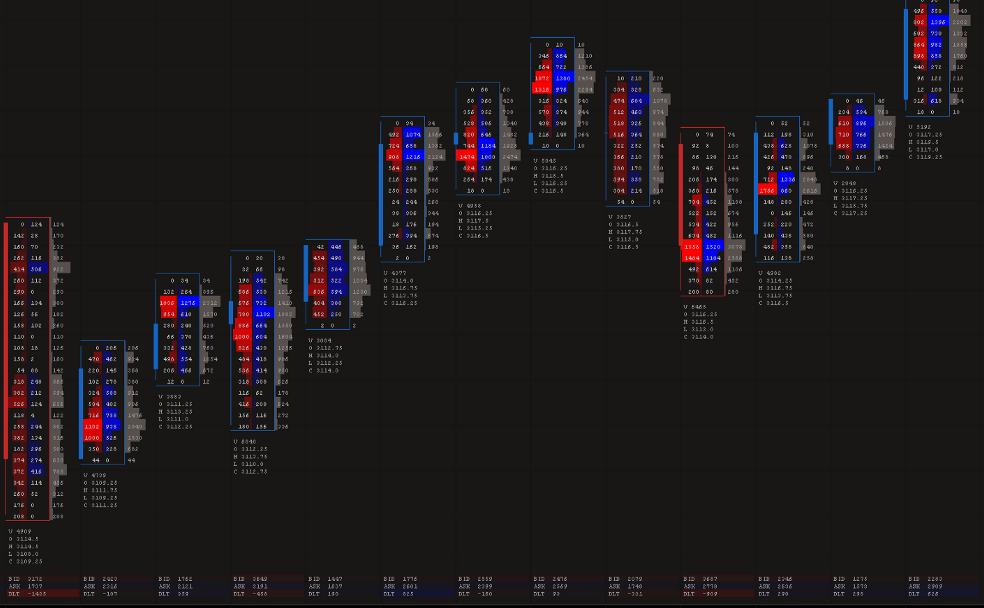In their 100-plus-year history, cars have seen several evolutionary shifts. Innovations such as the electric starter, automatic transmission, air conditioning, and automatic fuel injection have all changed the game at various points. More recent innovations in automotive technology suggest we’re accelerating toward the next major evolution—autonomous driving.
While the industry is still some ways from achieving full Level 5 status, defined by the Society of Auto Engineers (SAE) as complete autonomy, the SAE’s Level 3 (hands-off driving) is firmly in sight, writes Evan Kaplan, CEO, InfluxData. This is when the car takes over in certain conditions, with features like Traffic Jam Assist currently being legislated for so drivers won’t be required to focus on the road while moving slowly in traffic.
Advances in time series data and AI could open the door to Level 4 and beyond. This is when things get interesting from a technology perspective—it signifies entry into truly driverless territory. Consider innovative new taxi services such as Google-backed Waymo, which, last year, received approval from California regulators to charge passengers for rides in driverless cars.
As these autonomous, driverless vehicles become more advanced, the need to understand and derive value from ‘time-stamped’ or ‘time series data’—data recorded over consistent intervals—increases exponentially. This data is already helping to improve safety, reduce costs, and provide a better driving experience. Soon, it could power an autonomous vehicle revolution that would transform travel as we know it.
Enter Artificial Intelligence
The auto industry has long been a leader in “instrumenting” the physical world, with the average vehicle containing dozens, or even hundreds, of sensors producing and collecting data to create digital insights that car owners (or the cars themselves) can intelligently act on. By using these sensors to track changes over time, automakers equip themselves with information to power even more advanced applications, such as AI.
AI is a broad category with many sub-categories, including Generative AI (GenAI), Causal AI, and something I call real-world AI. While GenAI has captured the world’s imagination as a way of synthesising new data based on a given input, real-world AI is about real-world applications of AI that are built for practical purposes.
See also: Bloomberg, Man Group team up to develop open source "ArcticDB"
These applications require data to solve problems, encompassing everything from factory automation to smart thermostats. Using a variety of techniques to analyse data, models can power predictive analytics, forecasting, anomaly detection, and so on. The challenge is that creating models for AI tools requires huge volumes of data to get started, update, and train them.
At the same time, they’re constantly emitting a relentless stream of time series data that is difficult to manage.
The good news is the emergence of platforms specifically designed to handle this sort of data at scale. These platforms can manage the volume and velocity of fresh data that is needed to feed AI models.
Automotive Intelligence
Any device connected to the internet produces a constant stream of time series data. AI uses this data to analyse historical patterns, model behaviours, and even make predictions. That’s what we’re trying to do with real-world AI—build intelligence at scale through automated data collection so that systems can predict outcomes, react to those outcomes, and resolve them.
Time series data contributes to ‘automotive intelligence’ by providing chronological context across streamed data sources from cameras, laser-based LiDAR (Light Detection and Ranging), and radar. This data is fed into onboard processors using sophisticated software, algorithms, and machine learning to send signals to account for physical surroundings that can be put into context. This means that a car can "drive" safely—it understands important functions such as obeying street signage, recognizing whether a light is red or green, and maintaining a safe speed and distance in relation to other cars.
Currently, automakers use time series data to support automated driving features such as lane assistance and automatic braking, giving drivers greater peace of mind while on the road. But, as we move toward a sensor-driven future, the ability to anticipate future outcomes through time-series-enabled AI at scale means that the car could potentially perform any driving task. There might not even be a cockpit.
Consumer interest in leaving the driving to technology appears to be growing, and they are willing to pay for it. One study predicted that the market could generate up to $400 billion in the passenger car market by 2035. But while the potential is exciting, the volumes of data that cars produce make it expensive to store, and automakers need to decide which data is critical to keep in full fidelity, which data they can downsample, and which data they can afford to lose.
Level 4 and Beyond
Effectively harnessing time series data at scale means that automated technologies will become progressively smarter as vehicles encounter more and more real-world scenarios while navigating public roads. However, because the data streams required to do this never stop, the supporting AI systems must be built on a platform that supplies high-volume, high-cardinality time series data. Consider a sensor that measures up to 50 different data points every millisecond. Now consider an autonomous car with as many as 40 sensors on it. Those sensors produce high-cardinality data that grows exponentially every minute.
Specialised data platforms have emerged to provide a scalable, reliable, and secure space for storing, managing, and analysing sensor data on a large scale. These platforms' high ingestion rates and real-time querying capabilities make them ideal for quickly and efficiently retrieving time-based data. However, it's crucial for automakers to comprehend the data's origins and destinations. Many real-world AI applications blend edge devices and cloud-based platforms. Therefore, to derive the most value from time series and AI, automakers need to understand their edge devices' resources and limitations.
By addressing these challenges, time series data and AI can deliver vehicles that are, in theory, more intelligent—and consequently safer—than human-piloted ones. Data will run through increasingly sophisticated learning models and serve as a foundational component.
In 1940, American industrial designer Norman Bel Geddes published the book Magic Motorways, in which he described the daily task of getting from one place to another by car as “a planless suicidal mess.” The solution he envisioned was a transportation system where cars would be controlled by a network of electronic guidance systems, effectively describing what we now call autonomous cars. As it turns out, he was only 100 years ahead of his time.





